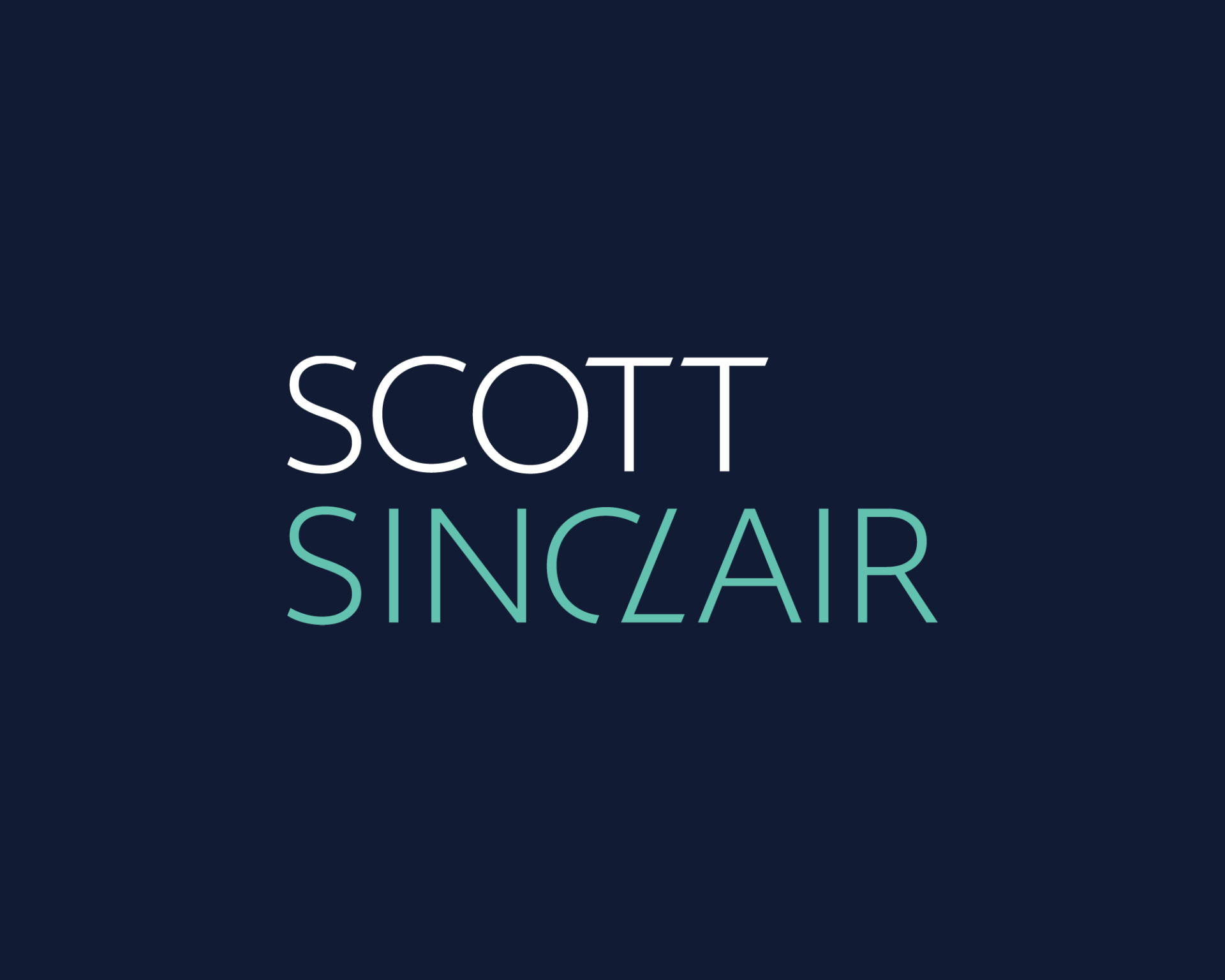Join Scott's Newsletter
Many founders dream of landing a big VC check, not just as a solution to all their problems, but because today’s culture, social media, and startup narratives have made it seem essential. But before chasing that funding, it’s important to understand what comes with it. Venture capital often means giving up control and sometimes a seat at the executive table. VCs may push a vision that conflicts with your own, adding pressure to meet aggressive growth targets and deliver rapid returns. They also expect a clear exit strategy, which might not align with the long-term goals you have for your company.
Bootstrapping, on the other hand, offers a chance to retain full ownership and stay true to your vision. It forces discipline, sparks creativity, and keeps you focused on sustainable growth. But it’s not without challenges: slower scaling, fewer resources, personal financial risk, and the constant pressure of doing more with less. It’s a path that demands resilience and tough decision-making every step of the way.
As someone who’s worked with entrepreneurs navigating these decisions, I coach founders to take a critical look at both options. Venture capital can help you scale fast, but it comes with strings. Bootstrapping lets you stay in control, but it’s no easy road. The key is understanding the trade-offs and making the choice that aligns with your goals, your values, and the future you want to build.
